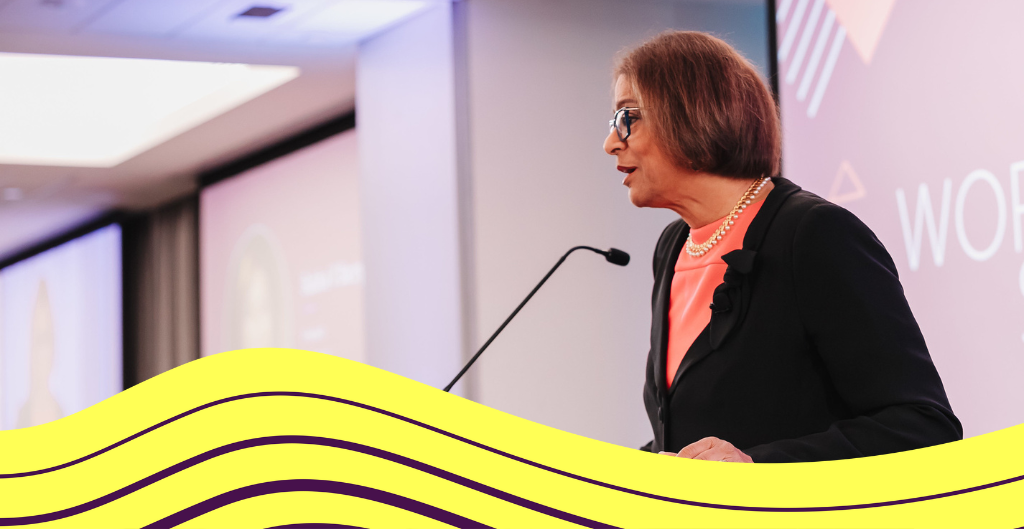This article first appeared on Forbes.com
You’ve likely come across stories about recent college graduates struggling with professional issues, such as getting to work on time, navigating project responsibilities and needing step-by-step guidance on what might seem straightforward. But these challenges actually reflect a broader issue: pandemic-era disruptions to both academic and social learning.
Since the pandemic, youth test scores in core subjects have steadily fallen. This is coupled with troubling trends in mental health for young people. In 2022, the National Center for Education Statistics reported that 69% of public schools saw an increase in students seeking on-campus mental health services since 2020. These combined issues indicate a decreased academic readiness for college.
Of the high school graduates who attend college, many are disengaged in the classroom, behind on assignments or feeling overwhelmed by stress. Faculty members also report that students are struggling with group work and lack the necessary soft skills that successful professionals need. In fact, a 2023 survey by College Pulse found that only 49% of college students feel confident about their career prospects.
Early-Career Employees Need Our Support
These might seem like temporary blips on the radar, but some of the worst impacts of pandemic learning loss could still be on the horizon, potentially affecting the future talent pipeline. Moreover, career readiness gaps among early-stage professionals can mean organizations see lower productivity and higher turnover. Over time, this can take away a company’s competitive edge or even ruin its reputation with future talent. As such, it’s becoming vital that we proactively address—and prevent—these employees’ skills gaps.
Broaden The Scope Of Onboarding
Today’s young professionals seek more than traditional onboarding; they’re looking for a deeper understanding of organizational culture. This requires a thoughtful, collaborative approach that bridges generational differences and embraces evolving workplace strategies.
For example, internal communities can bridge differences by creating an instant sense of belonging. Examples include alumni from the same academic institutions or colleagues who share commonalities of gender, race, ethnicity, languages of origin, sexual orientation, disability and more. Introducing new hires to employee resource group (ERG) leaders during onboarding can also help foster an inclusive workplace, jumpstart community building and access a ready-made support network. Additionally, ERG participation offers opportunities to gain valuable work-related experiences beyond everyday roles.
Destigmatize Mental Wellness
Addressing mental health in the workplace is a topic that’s not going away anytime soon—and it shouldn’t. With the stigma that mental struggles have carried historically, early-career talent should know how you’re prioritizing their well-being. Change starts at the top. When leaders feel comfortable showing vulnerability and openly discussing their challenges, it helps dismantle that stigma.
Recently, I discussed my own mental health struggles after my daughter and her husband lost their home and belongings in back-to-back hurricanes. I knew other people might’ve been dealing with similar stresses, so I wanted to remind them that they weren’t alone. The ability to openly share both successes and failures, joys and sorrows—professional and personal—is a leadership competency that builds organizational connectedness. Helping to model that behavior and normalizing outreach for support is a great way to diminish the stigma.
Support Soft Skill Development
Before young adults enter the workforce, they need essential life skills like resilience, self-awareness and decision-making. They need to be taught, both at home and in school, how to face failure, learn from it and grow. I always say that we learn more from our mistakes than our successes. The idea of learning to be comfortable with being uncomfortable comes to mind, too. Instead of protecting young people from discomfort, we need to help them develop discipline, humility and the ability to process tough feedback without taking it personally.
As employers, we can aid these efforts by partnering with academic institutions to clearly articulate the skills students will need when they join the workforce. These partnerships don’t need to be formalized. You can start by getting insight from alumni who attended the various colleges and universities you might recruit from. Empower these employees to partner with your recruitment teams and build online networks for connecting with incoming students. Then document success models and best practices and embed them into your organizational processes. Finally, be sure to recognize and reward the employees who lead and show the way forward when it comes to developing and recruiting early-career professionals.
Early-career Gen-Z professionals represent a powerful force for change and a more inclusive future, but they can’t do it alone. They need our guidance, support and commitment to help them realize their full potential. The challenge before us is creating a world where every young person, regardless of their background, has the tools to transition from college to career and thrive. Together, we can shape the future.


